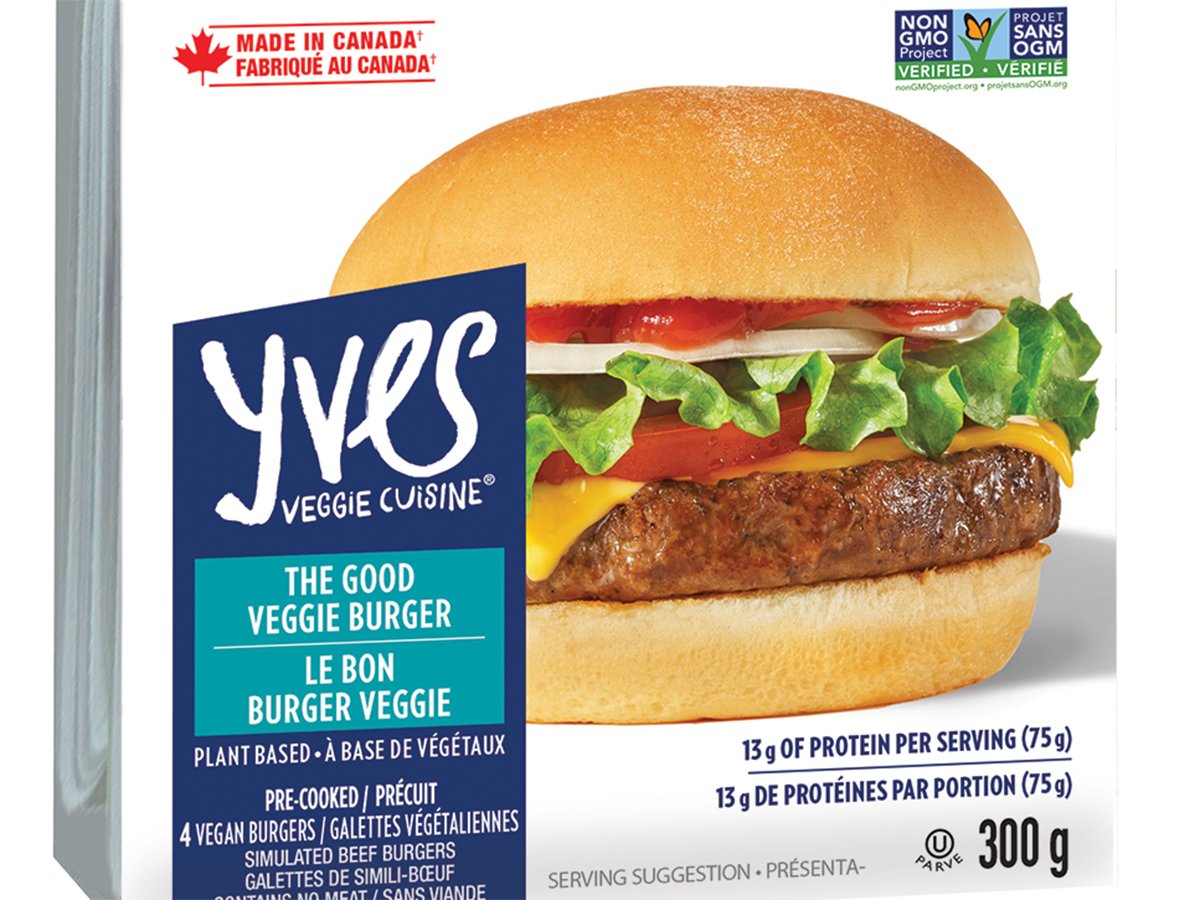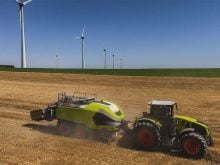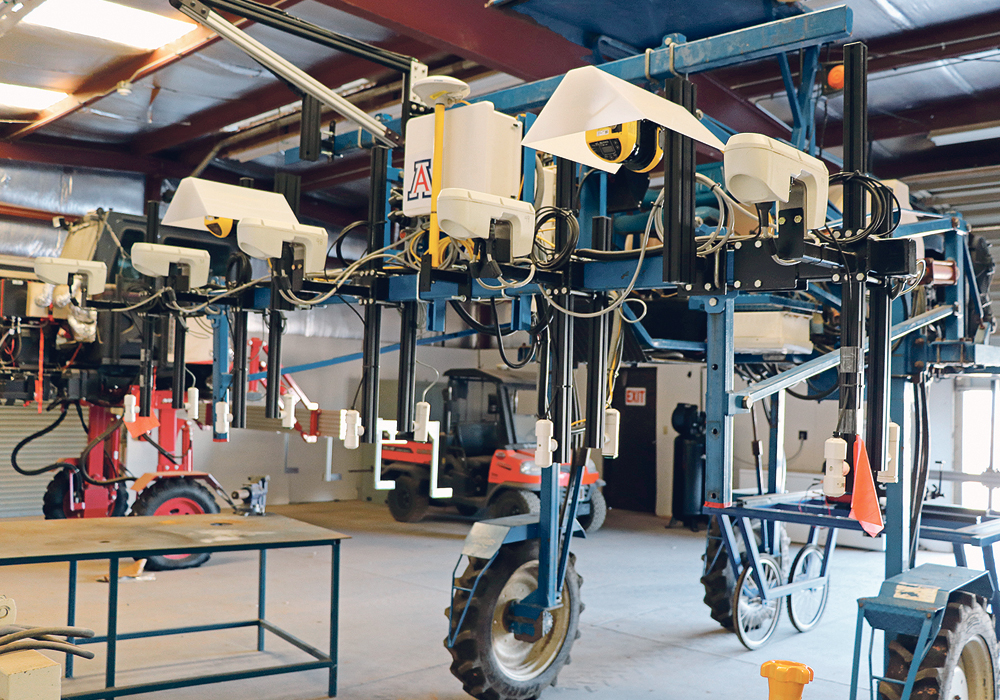Growers are able to create data-rich yield maps by installing a grain analyzer in their combine.
“We are measuring protein, moisture, oil, fibre, starch as you are harvesting,” Victoria Clancy of Next Instruments said at Canada’s Farm Progress Show in Regina.
Next Instruments from Australia recently released its CropScan 3000H in Canada, which is the company’s latest grain analyzer intended for on-combine installation.
“As the grain comes up the elevator we’re capturing a sample every seven to 12 seconds and scanning it,” Clancy said.
Read Also

Plant-based ‘meat’ faces turning point
The U.S. firm that owns the Yves brand told CBC News that the “meat free” category has been in decline for several years, so the company made the difficult choice to pull Yves Veggie Cuisine products.
“The information goes through the fibre optic cable into the spectrometer box, which is the optics and the guts of the system. The information is then sent to the touch screen PC, which shows you your protein and moisture percentage of the grain you’re harvesting.”
Near infrared technology is used to test the grain.
“We’re passing light through a sample of grain and measuring the light that comes through the other side,” she said.
“It’s sent through a detector and onto a diffraction gradient, which kind of has a rainbow dispersal effect. And so you’re measuring your protein, moisture, oil, fibre, starch at different peaks in the near infrared spectral information.”
The system is connected to the combine’s GPS so users can get real time protein, oil and moisture maps.
“Looking at this data, you can selectively harvest, you can segregate your grain as you’re harvesting, so it’s really about making the right decisions in the field while harvesting,” Clancy said.
The screen provides protein and moisture averages from all the different scans, and field averages are also available.
“If you’ve got multiple bins in the field, you will have a running average of each individual bin or mother bin,” she said.
“If you have storage you can see exactly what is sitting in each storage site in the field. And if you have on-farm storage you know exactly what grain is in each location, what the value is and what the quality is.”
After harvest, the yield monitor maps can be combined with protein, moisture and oil maps from the CropScan 3000H.
“We are able to look at some really interesting maps such as nitrogen removal, nitrogen replacement, simplified zoning of your field and a new way of looking at variable rate application and top dressing maps,” Clancy said.
She said the grain analyzer enables growers to ground truth and tweak agronomic practices, including variable rate prescriptions.
The CropScan 300H retails for approximately $28,500.
“We come, we install it, we load all of the client farm field and storage into the system,” Clancy said.
“We show you how to use it and we also do a local adjustment in the calibrations. They are all pre-calibrated before they leave the warehouse, but we make sure they are the same as whoever you are delivering your grain to.”


















